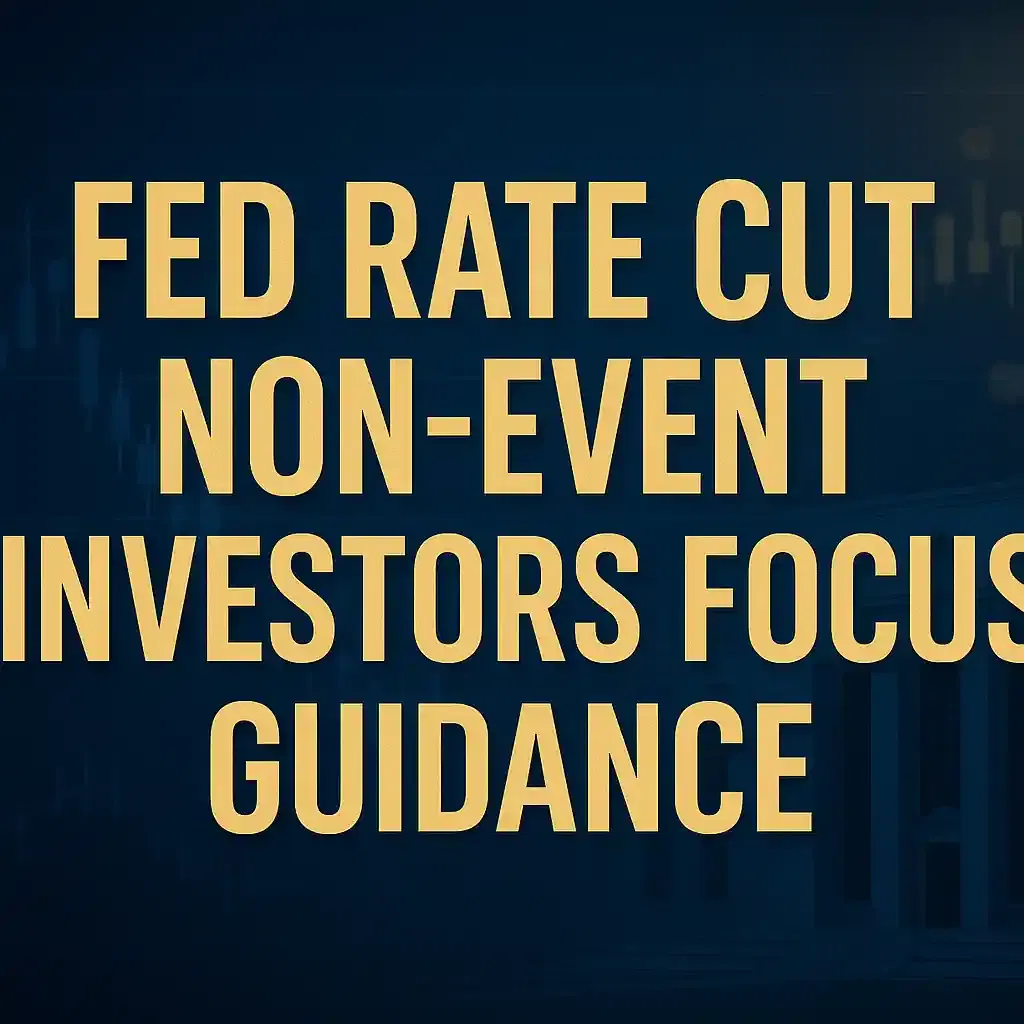US Federal Reserve Rate Cut Likely a 'Non-Event' as Markets Focus on Forward Guidance, Says Manulife Investments
Economy
|
29th October 2025, 4:40 AM

▶
Short Description :
Detailed Coverage :
Marc Franklin, Deputy Head of Multi Asset Solutions Asia at Manulife Investments, suggests that the anticipated US Federal Reserve rate cut is unlikely to cause significant market movement, as markets have already factored this event into current pricing. The primary focus for investors is now on the central bank's forward guidance and its strategy regarding the quantitative tightening (QT) program.
Franklin explained that if the Fed meets market expectations for a rate cut and clarifies its plan to conclude QT, the upcoming meeting is expected to be uneventful. However, any signs of caution from the Fed, such as "hedging its bets" or continued concern over inflation, could lead to increased volatility across various asset classes.
The CME FedWatch Tool indicates a near-unanimous expectation among markets for a rate cut by the Federal Reserve's meeting on October 29, 2025. A surprise pause would only significantly impact market sentiment if it stemmed from a fundamental reassessment of inflation risks.
Regarding precious metals, Franklin described the recent declines in gold and silver prices as a "healthy consolidation" following a period of being "technically overstretched." He believes the long-term drivers for gold, including geopolitical uncertainty, supportive fiscal and monetary policies, and central bank diversification away from the US dollar, remain strong.
On global equities, Franklin noted a strong rally but advised increasing selectivity. Within Asia, his firm is positive on Singaporean equities. For India, Manulife maintains a neutral stance, viewing the Indian market as a valuable "diversifier" away from potentially stretched cyclical markets in Northern Asia.
Impact: This news suggests that while a Fed rate cut is anticipated, the direct market reaction might be muted. However, shifts in Fed commentary on inflation or QT could trigger volatility globally, impacting Indian markets. The outlook for precious metals is stable, and India's role as a diversifier is highlighted. Rating: 6/10
Difficult Terms: - Non-event: An event that causes no significant market reaction because it was fully anticipated and already reflected in prices. - Priced in: When the current market price of an asset already includes the expected impact of a future event. - Forward guidance: Communication from a central bank about its likely future monetary policy path. - Quantitative tightening (QT): A monetary policy where a central bank reduces its balance sheet assets, decreasing the money supply. - Asset classes: Different categories of financial investments, such as stocks, bonds, and commodities. - Technically overstretched: When an asset's price movement is considered excessive and due for a reversal. - Healthy consolidation: A temporary price decline after a significant rise, seen as a normal market correction. - Diversifier: An investment asset that reduces overall portfolio risk due to its low correlation with other assets.